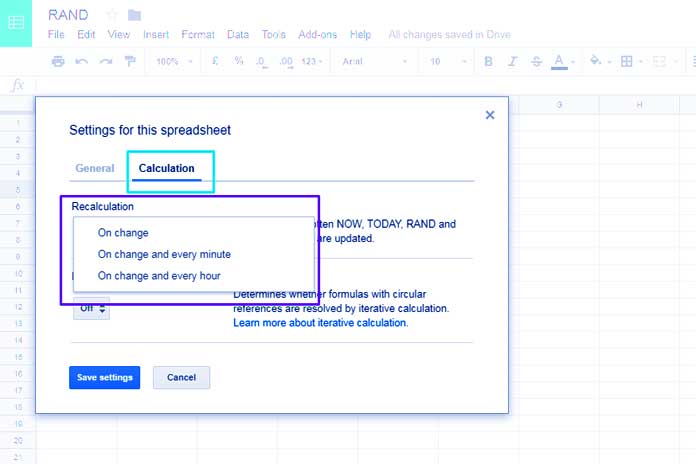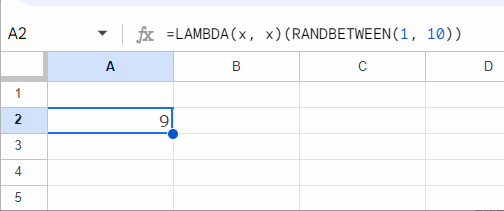Volatile functions in Google Sheets include NOW, TODAY, RAND, RANDARRAY, RANDBETWEEN, and COINFLIP. These functions automatically recalculate every time the sheet is modified or opened.
It’s crucial to manage the recalculation frequency of volatile functions in Google Sheets to optimize performance.
Volatile functions can significantly impact the performance of large sheets due to their frequent recalculation. They increase processing load and may cause delays in the spreadsheet’s responsiveness to user actions such as filtering and sorting.
Another consideration is Google Sheets’ collaboration feature. When multiple users edit a spreadsheet simultaneously, these delays can lead to syncing issues.
To enhance your sheet’s performance, minimize the use of volatile functions and adjust their recalculation frequency accordingly.
Volatile Functions by Name and Their Role
Below is a list of volatile functions and their respective roles. Understanding these functions will help you manage their usage, especially when working with large datasets or collaborating with multiple users from different locations.
NOW() and TODAY(): These functions are crucial for returning the current date and time. They are essential for tasks like highlighting expiry dates and filtering data. You cannot completely restrict their usage due to their fundamental role in various data manipulation techniques.
RAND(), RANDARRAY(), and RANDBETWEEN(): These functions generate random numbers, which are useful for tasks such as randomizing ranges or selecting random values. You have control over how frequently you use them.
COINFLIP(): generates either “HEADS” or “TAILS” randomly.
Frequency of Recalculation for Volatile Functions
You can control the frequency of recalculation for volatile functions in Google Sheets by following these steps:
Before proceeding, please note: The frequency of recalculation is specific to each Google Sheets file and is not a global setting. This allows you to customize settings differently for each file.
- Open the Google Sheets file in which you want to adjust the frequency of recalculation for volatile functions.
- Click on the “File” menu and select “Settings”.
- In the opened window, navigate to the “Calculation” tab.
- Under “Recalculation,” choose one of the available options based on your preference. The options are:
- “On change”: Recalculates formulas when changes are made to the sheet.
- “On change and every minute”: Recalculates formulas every minute or when changes are made.
- “On change and every hour”: Recalculates formulas every hour or when changes are made.
- Once you have selected your preferred option, click “Save settings.”

By adjusting these settings, you can manage how often volatile functions recalculate in your Google Sheets file, which can help optimize performance based on your specific needs.
Controlled Recalculation Using LAMBDA Function
In this example, I’ll demonstrate how to create a static random (pseudo-constant) value using a formula directly within Google Sheets, without using Apps Script.
Example:
=LAMBDA(x, x)(RANDBETWEEN(1, 10))When first entered, the formula (lambda function) evaluates RANDBETWEEN(1, 10) and displays a random number. Upon reopening the sheet, the generated random number will change initially. However, after the first recalculation, it typically remains unchanged, offering a pseudo-constant value.

This method allows for controlled recalculation of volatile functions like RANDBETWEEN(1, 10), ensuring reliability and consistency in randomized data scenarios.
I’ve successfully applied this approach in tasks such as the Interactive Random Task Assigner, where maintaining consistent random values is crucial.





















